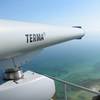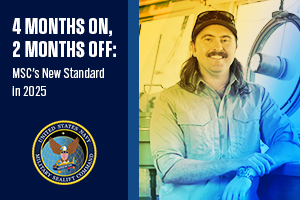New Guide Aims to Demystify Cargo Ventilation
The guide works at various levels, starting with a quick reference section on when to ventilate together with types of cargoes which should and should not be ventilated. This is followed by practical sections on the differences between hygroscopic and non-hygroscopic cargoes, measuring the dew point, when to start and stop ventilation, ventilation systems, and stowage and dunnage considerations. A scientific background is also included for those wishing to understand the underlying principles. The text is supported by graphics and photographs, ranging from the analogy of a misted-up bathroom mirror to the effects of a different combination of cargo, sea and air temperature. Illustrations are also provided of Stevenson screens, whirling psychrometers, typical hold ventilators, developments in dunnaging systems and the relationships between saturation vapour and temperature. Co-authored by David Anderson and Daniel Sheard, partners with international marine consultancy Brookes Bell, the guide is being distributed to North of England's 300 member groups and all entered dry cargo vessels.












